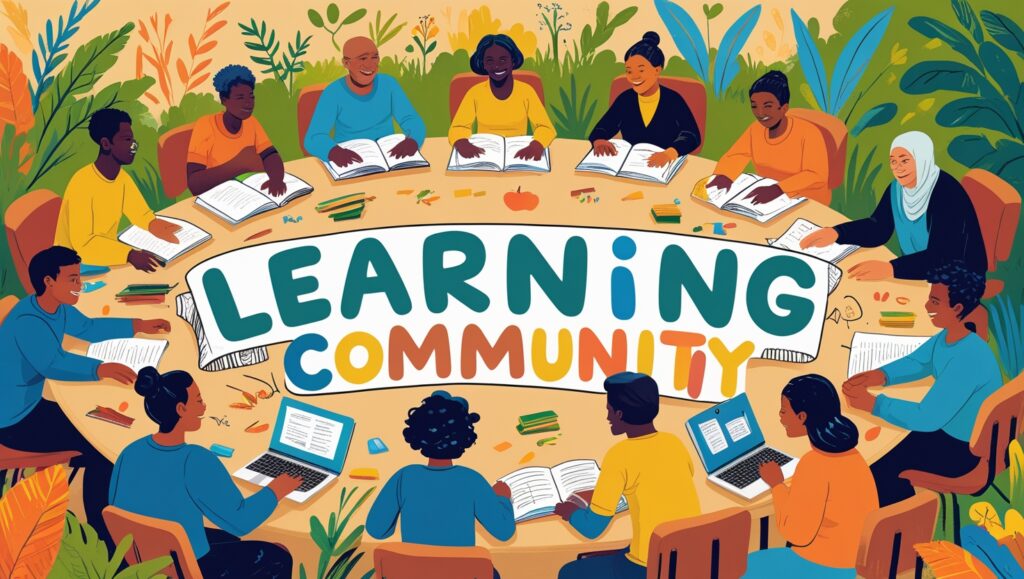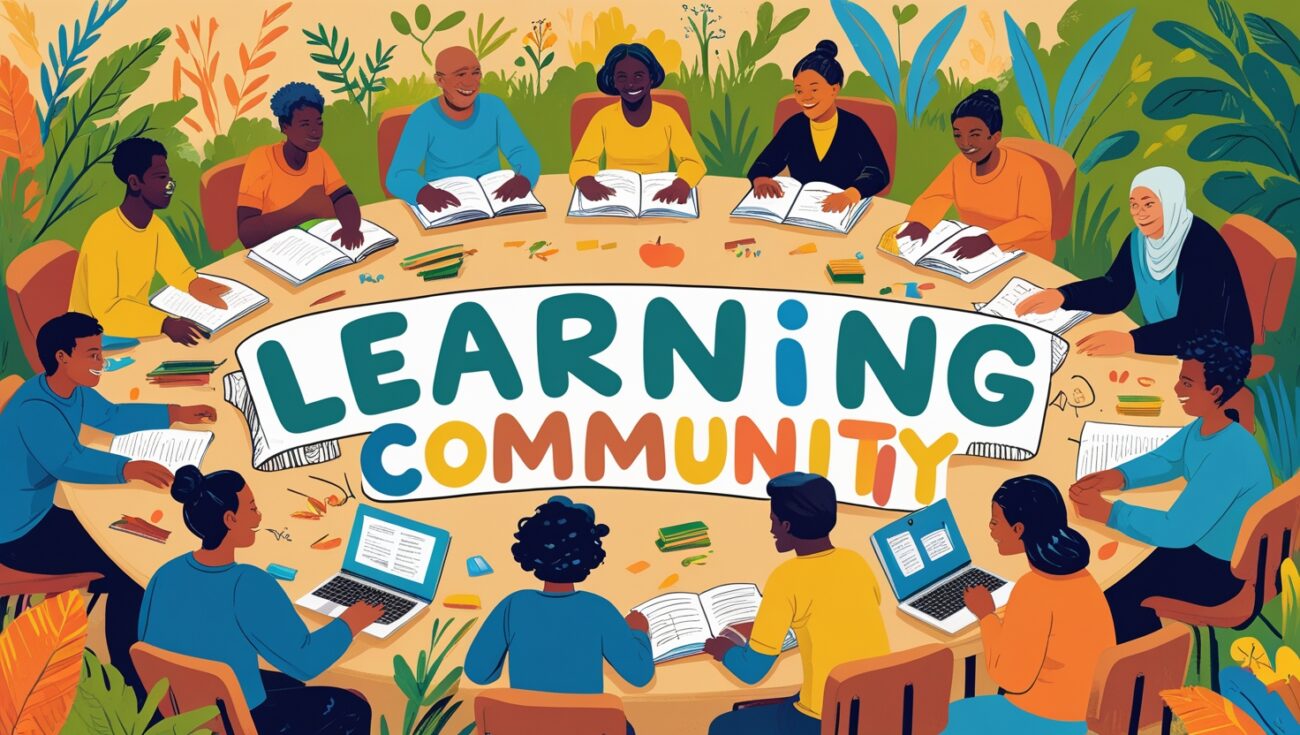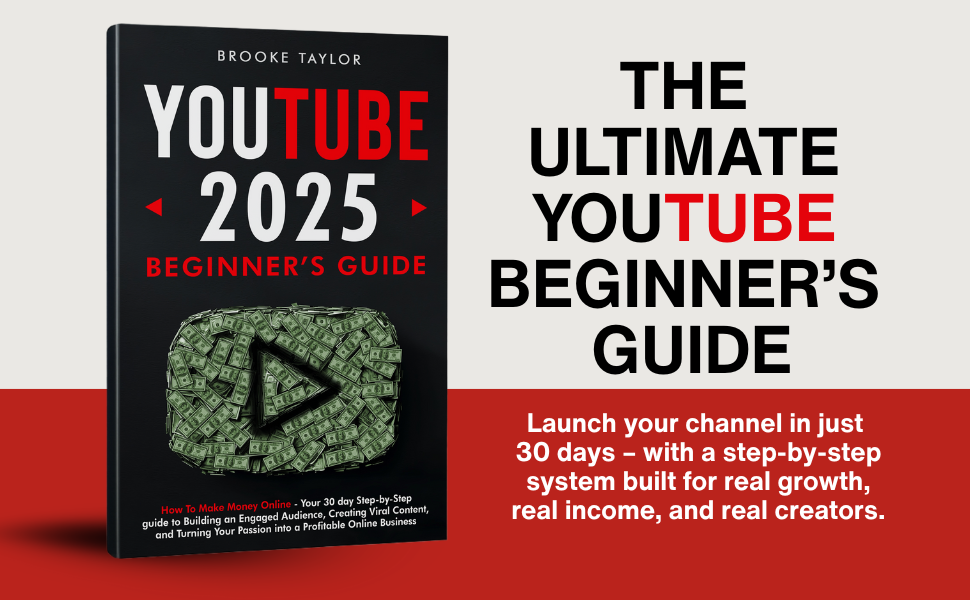How to Build a Learning Community Without a Website
Most people think you need a full website, a funnel, and a team of tech experts to build an online learning community. I thought that too — until I found a better way.
When I first started, I wasted weeks designing landing pages, setting up WordPress, installing plugins, and connecting everything to email marketing tools. And I hadn’t even started serving my members yet. It was exhausting.
Eventually, I discovered that I could skip all the complexity and launch a learning community without a website — using a single platform that handles everything I need.

Table of Contents
The Problem With Traditional Websites
Let me be real. A website can be helpful, but for most coaches, educators, and course creators, it becomes a distraction. You spend more time tweaking the design or fixing broken links than actually building relationships with your audience.
What you actually need is:
- A place where people can join easily
- A space to host your content and discussions
- A simple way to accept payments
- A system that encourages engagement and retention
You don’t need five different platforms. You need one tool that brings it all together.
Why I Chose Skool Instead
I now run my learning community inside Skool, and I don’t even use a separate website for it. Everything lives on one link — my content, group, calendar, payments, and discussions.
I can send people directly to my Skool group page, and they immediately see what the community is about, what they’ll learn, and how to join. That’s it.
Here’s my Skool affiliate link — the same platform I use to run my own learning group without any technical hassle.
What Makes Skool Perfect for This
Skool has everything I need to launch, grow, and manage a learning community:
- A private community feed for group conversations
- A classroom area for my lessons or coaching content
- A calendar for live calls or coaching sessions
- Stripe integration to accept payments for paid communities
- A public group link that replaces a traditional homepage
I didn’t have to install anything. I didn’t need a developer. I didn’t even need a logo. Just my content, my group idea, and a simple plan.
It’s Also Better for Engagement
One of the best surprises after switching to Skool was how much more active my members became. On my old site, people would buy my course and disappear. Now, they interact with each other, ask questions, and come back every day.
I credit that to how Skool blends community and learning in one place. There’s no jumping from platform to platform. It feels like a social learning experience, not a static course site.
You Can Get Started in One Day
I’ve helped a few friends do this recently, and each one launched their community within 24–48 hours. No domain names, no web hosting, no complicated integrations.
They just:
- Created a Skool account
- Named their group
- Added their content and branding
- Connected Stripe to accept payments
- Shared the group link on social media or email
That’s it.
You Don’t Need Funnels or Automations Either
I’m not against funnels. But when you’re just starting out, they become a trap. You spend weeks building something you haven’t even validated yet.
With Skool, your group page acts like your funnel. People join the free version of your group, get to know you, and then upgrade to your course or coaching offer once they trust your value.
It’s a low-friction way to build community and income at the same time.
My Members Prefer It Too
I’ve asked my members what they think, and they’ve told me they enjoy Skool more than any other platform we’ve used. It’s easy to use, it doesn’t feel overwhelming, and they actually check it daily — unlike those dusty old Facebook groups.
This matters because when people feel at home, they stay longer and refer others. That’s how you grow a thriving, profitable learning community — with consistency and comfort, not complexity.
The Best Part: It’s Passive-Friendly
Skool also lets you build passive income streams. Once your course and community are set up, new members can join while you sleep. The content is always available. The conversations keep going. And if you promote it well, your Stripe notifications will start coming in.
That’s what happened for me — and it all started without a traditional website.
Final Thoughts
If you’ve been stuck trying to build the perfect website, let me save you the headache. You don’t need one. What you need is a community-first platform that does the heavy lifting for you.
Skool is that platform — and it’s the tool I recommend to every coach, creator, or expert who wants to launch fast, serve better, and scale simply.
Join Skool through my affiliate link and start building your learning community without worrying about web design, plugins, or funnels.
One of the biggest mindset shifts I had to make was realizing that a website doesn’t automatically equal success. I used to think if I had the perfect layout and fancy branding, people would join. But in reality, people don’t join because your website looks good — they join because they trust your value. And I could deliver that value without a website at all.
When I switched to Skool, my stress dropped immediately. I no longer had to troubleshoot plugins or worry about my site going down during a launch. Everything was hosted on one platform that actually worked. That peace of mind allowed me to focus on creating content and showing up for my members — not fixing tech problems.
Even my onboarding process got easier. Before, I had a full system with Zapier, ConvertKit, Teachable, and Membervault — just to let someone in my community. Now with Skool, someone signs up, pays, and they’re in. No delays. No confusion. I can even message them directly inside the platform.
The fact that Skool hosts your course and your group in the same space is a game-changer. There’s no need to redirect someone to another login area or explain where the materials are. When someone joins, they see everything at once: the course modules, the community, and the call calendar.
Another thing I love is how Skool rewards engagement naturally. There’s no need to send reminder emails or force people to participate. The leaderboard encourages friendly competition, and people start showing up on their own. That means less pressure on me to keep pushing interaction.
If you’re launching your first community, this also keeps things simple. You don’t need a long list of tools or a complicated funnel. You just need an idea, a few pieces of content, and a group page. That’s what I did. And it worked.
What surprised me the most was how Skool made me look more professional, even without a website. My group page became my main online presence. I started sharing that link instead of a homepage. And guess what? People took me more seriously because the platform looked clean, structured, and modern.
Skool also lets you create free groups to build your audience. That’s how I started. I created a free value-packed space, grew trust, and later added a paid offer inside the same group. It felt organic — no sleazy sales pitch, no webinar funnel, just helping people and offering more when they were ready.
For me, community is about connection. I don’t want members to feel like they’re just buying a course and logging off. I want them to feel like they’re part of something — a movement, a space to grow. And Skool helped me foster that environment without needing a separate website or brand presence.
Another overlooked benefit is time. With Skool, I cut down hours each week that I used to spend managing tech. I no longer worry about plugin updates, broken payment links, or email sequences. I just show up, serve, and scale.
And of course, earning affiliate income by sharing Skool is a bonus. I already love the platform and use it daily, so naturally I talk about it. When someone signs up using my affiliate link, I earn monthly commissions — with zero extra work. That’s true leverage.
If you’re still debating whether or not you need a website to start your learning community, here’s my honest advice: start without it. Build the community first. Prove your offer. And if you ever want a website later, you’ll already have momentum — and income — to support it.
Here’s my Skool affiliate link if you’re ready to skip the tech stress and just start building your community today.






